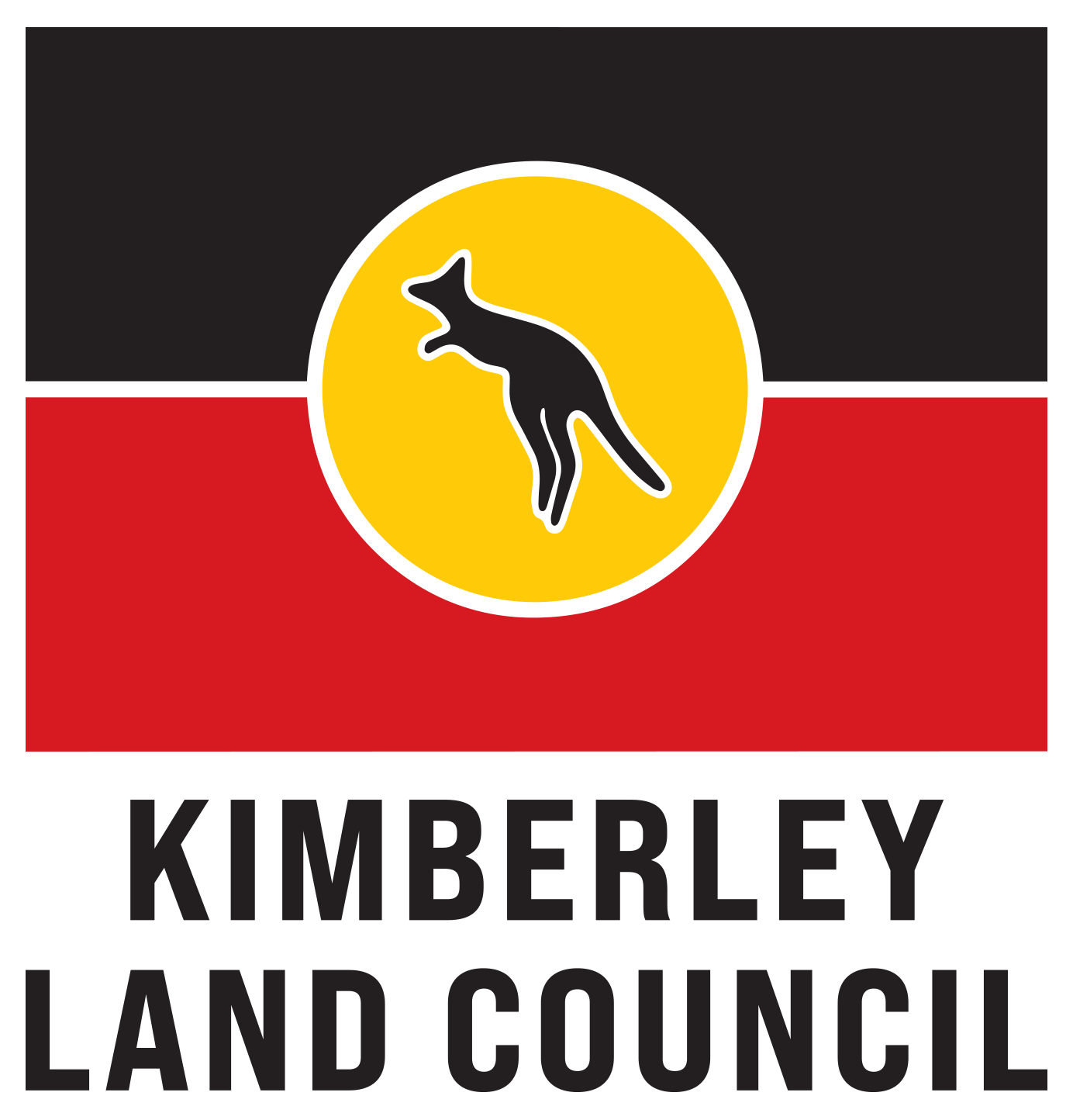
Savanna Burning Carbon Projects
Kimberley Aboriginal people are using traditional fire management to develop carbon businesses.
Indigenous fire management under the Emissions Reduction Fund (ERF) presents a win-win opportunity for Kimberley Aboriginal people – a sustainable means of looking after their country and cultural values and real progress towards achieving economic independence and improving livelihoods from native title property rights, while contributing to carbon abatement and climate change mitigation.
Kimberley Traditional Owners have to date registered six fire management projects under the ERF, using Indigenous traditional knowledge of early dry season burning and modern scientific practices to reduce the amount of greenhouse gas emissions released into the atmosphere from unmanaged and potentially dangerous late-season wildfires.
As a result of these fire management techniques, there is a reduction in greenhouse gas emissions released into the atmosphere. This abatement is measured and carbon credits generated, which can be sold to government, industry or large emitters of greenhouse gasses. Indigenous management of fire is therefore a valuable commodity, saleable in today’s carbon market.
Savanna fire carbon projects also deliver broader environmental and social outcomes through improved biodiversity and landscape health, reinvigorating social and cultural traditions, transferring knowledge, strengthening climate change adaptability, reversing socioeconomic disadvantage and increasing employment opportunities.
The four north Kimberley native title groups Dambimangari, Wilinggin, Wunambal Gaambera Uunguu and Balanggarra work together through the North Kimberley Fire Abatement Project (NKFAP), facilitated by the KLC. In early 2014, they were the first Indigenous groups in Australia to register carbon businesses across their exclusive possession native title lands, signalling a new era for income generation in remote communities. Since then, two more indigenous savanna burning carbon projects have been registered in the Kimberley.
Kimberley native title groups generated about 300,000 Kyoto Australia Carbon Credit Units (ACCUs) through undertaking fire management projects in the past two years. Since the start of the projects, over one million ACCUs have been generated. The revenue generated from carbon credit sales will provide Kimberley communities with the economic boost needed to continue undertaking fire management into the future and to establish other commercial businesses.
The KLC has been working with native title groups who do not already have carbon projects to determine whether it is possible and worthwhile to register new savanna burning carbon projects. There is a lot of work involved in registering and managing a carbon project, and it is important to look at both the costs and benefits before deciding whether carbon presents a good enterprise opportunity in each individual case.
Climate Change
Kimberley Aboriginal people are implementing innovative and practical solutions to help them resist, survive and adapt to the global threat of climate change.
Climate change stands to be one of the biggest global threats to the survival of Indigenous people in modern times. Indigenous people are more likely to be significantly affected by climate change impacts due to their dependence on and interconnected relationship with the natural environment. The lower socio-economic circumstances of Indigenous people make it more difficult for them to adapt to and respond to climate change.
In the desert region of the Kimberley, the intimate knowledge the Ngurrara people have of their country has been telling them that the seasonal indicators of their native title lands are changing. The vital water sources of the desert region have been drying up while the times when plants bloom, animals breed and fruits ripen have shifted from traditional patterns. With a responsibility and mandate to protect their community and diverse ecosystems, the Ngurrara people are proactively managing climate change impacts through the development of a seasonal database to analyse weather patterns and climate change data.
Scientific information and traditional ecological knowledge is interconnected and stored on the database which is used to provide detailed reports and comparative analysis about changes to country and inform adaptation strategies. This research tool is also being used to assist Indigenous land managers make informed decisions about the best seasonal times to conduct on-ground natural resource and conservation activities.





